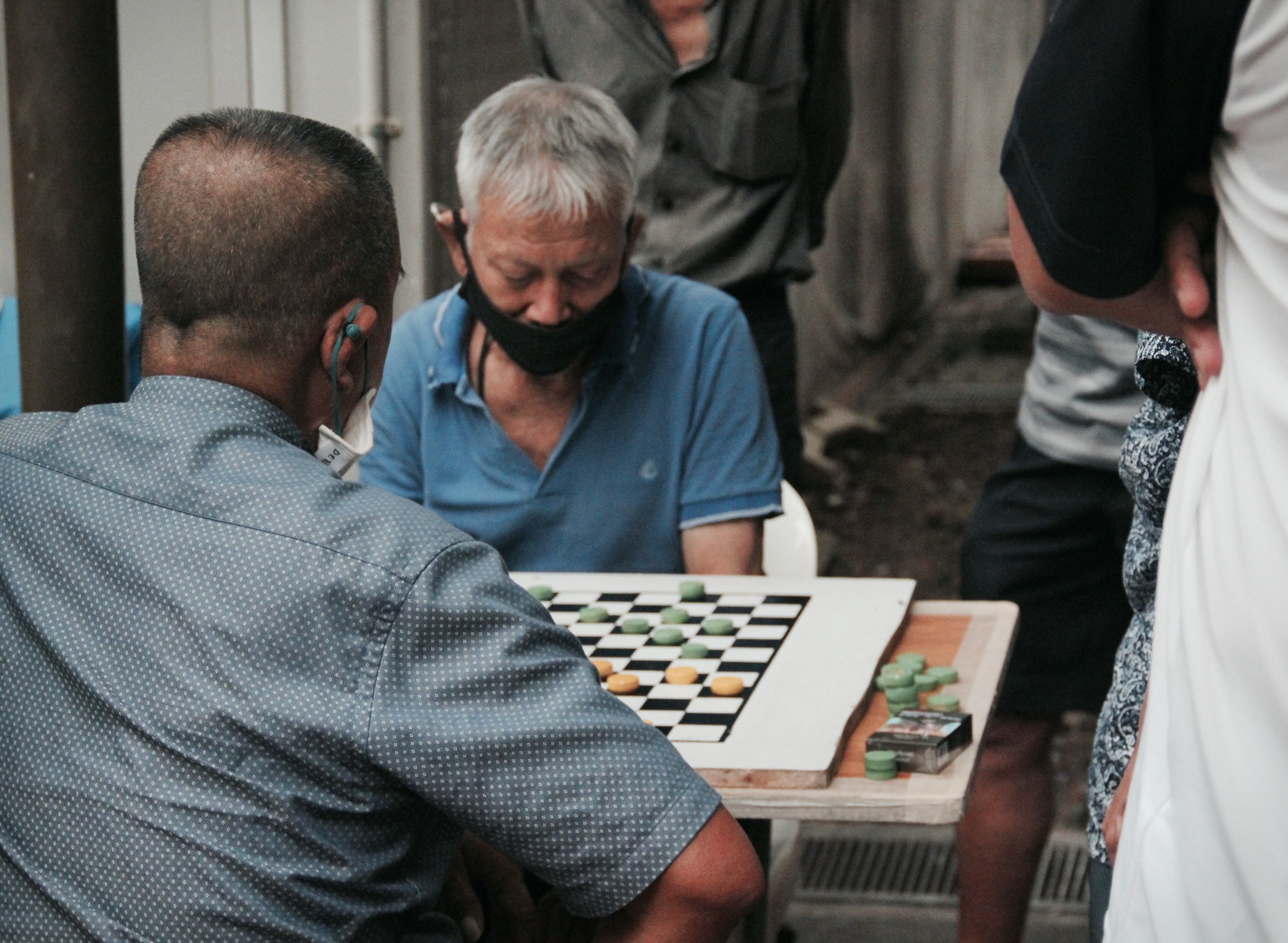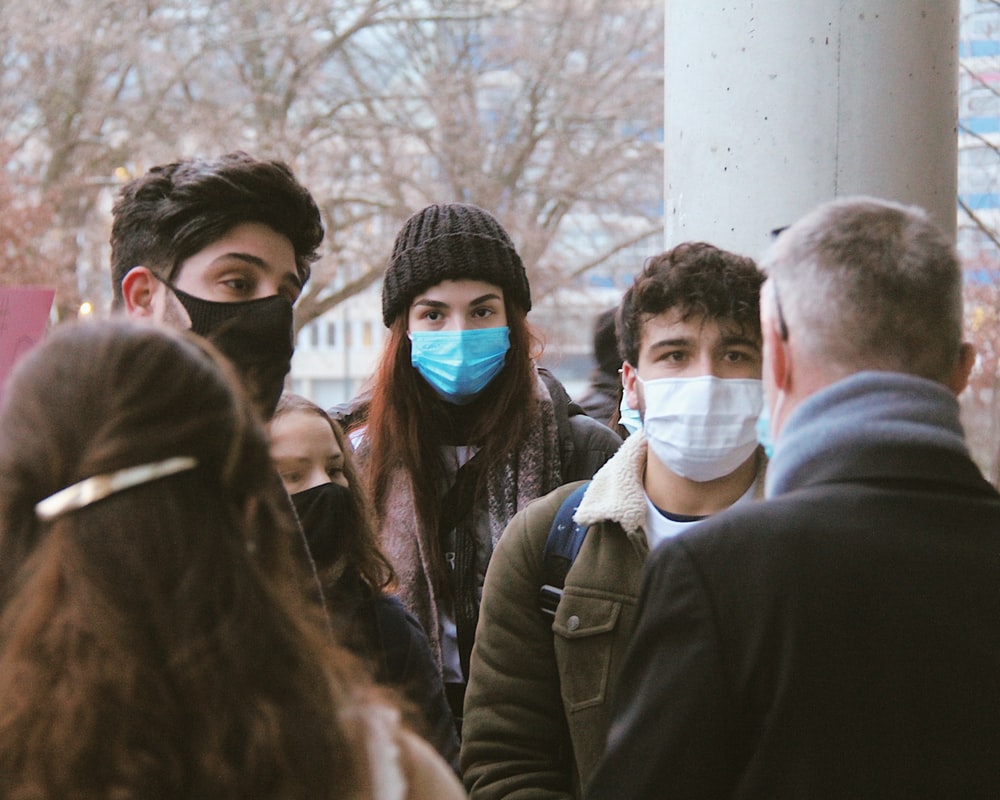There are various mitigation and suppression strategies aimed to control the spread of COVID-19, how do we quantify their relative benefits?
Objective:
We compared various mitigation and suppression strategies aimed to control the initial pandemic wave of COVID-19 in Australia, including restrictions on international air travel, case isolation, home quarantine, social distancing with varying levels of compliance, and school closures.
Findings:
We reported several trade-offs, and an important transition across the levels of social distancing compliance, in the range between 70% and 80% levels, with compliance at the 90% level found to control the disease within 13–14 weeks, when coupled with effective case isolation and international travel restrictions. School closures were not found to bring decisive benefits unless complemented with high level of social distancing compliance.
View paper
First published: Nov 11, 2020
Centre for Complex Systems & Sydney Institute for Infectious Diseases
The Centre for Complex Systems (CCS) at The University in Sydney studies collective and critical behaviours, with diverse applications ranging from computational epidemiology and systems biology to urban and social dynamics. The CCS has a strategic partnership with The University of Sydney Institute for Infectious Diseases.


